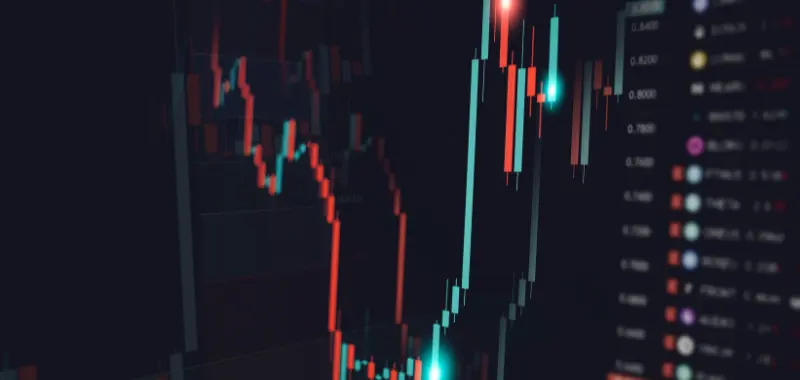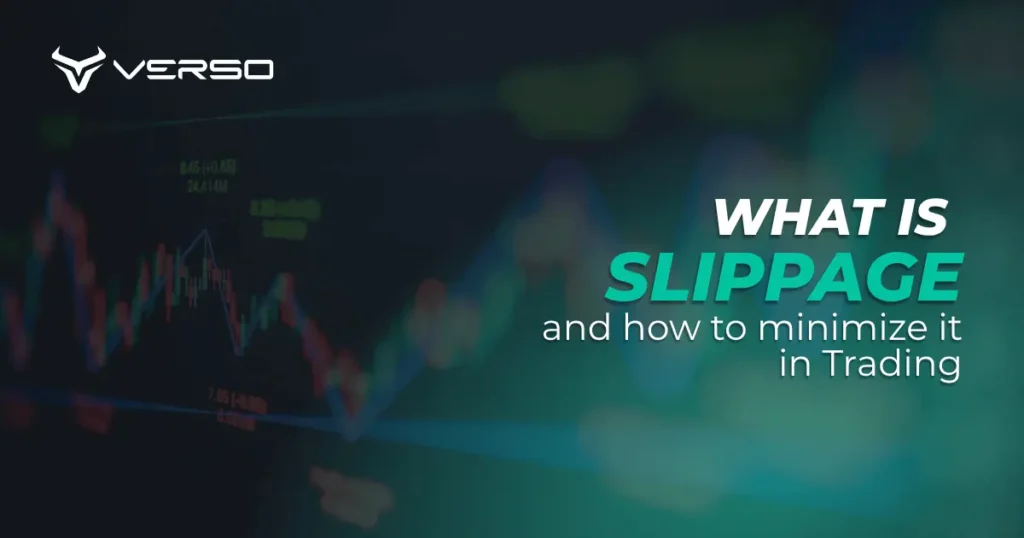
Slippage is the difference between the price expected when placing an order and the price at which the order is actually executed. It can be negative (paying more or selling for less than intended) or positive (receiving a better price than expected).
Formula:
Slippage = Executed Price – Intended Price (sign depends on buy/sell)
Example (Stock Buy):
An order is placed to buy at $50.00 using a market order. By the time it reaches the market, the best ask is $50.06. The slippage is +$0.06 per share (negative for the trader because the cost is higher).
Example (FX Sell):
A sell order for EUR/USD is intended at 1.10000 but filled at 1.09992.
Slippage = –0.00008 (–0.8 pips).
Why It Matters for P&L
Slippage accumulates over time. If a strategy aims for 5–7 basis points per trade but consistently loses 3–4 basis points to slippage, its edge may disappear. Many traders underestimate this factor and focus solely on entries and chart patterns, even though slippage often represents a silent leak in performance.
Why Slippage Happens: Liquidity, Volatility, and Market Microstructure
Liquidity and Depth of Book
When there are not enough shares, contracts, or coins available at a desired price, the order “walks the book” and fills at progressively worse prices. Shallow order books lead to larger jumps between price levels.
Volatility
Prices can move while the order is still being transmitted—milliseconds matter. During news releases, market opens or closes, and sharp movements, quotes change rapidly, increasing execution risk.
Latency
Every step in order transmission—from trading platform and internet connection to routing path and execution venue—introduces delay. Small delays compound when sending multiple orders or using complex routing.
Order Routing and Market Practices
The path an order takes (market maker, ECN, or dark pool), along with venue-specific rules such as “last look” in some FX venues, affects whether traders receive price improvement or deterioration.
Human Behavior
Emotional decisions like chasing moves, increasing size impulsively, or trading during illiquid periods are common causes of poor fills. Rushed market orders during thin liquidity often lead to significant slippage.
Types of Slippage: Positive vs. Negative (and How to Measure Both)
- Negative Slippage: The order is filled at a worse price than intended.
- Positive Slippage (Price Improvement): The order is filled at a better price than intended.
Tracking slippage across trades, instruments, and sessions is essential. Traders should log:
- Intended and executed price, timestamp, venue/broker, order type, and size.
- Per-trade slippage (in basis points, pips, or percentages).
- Average slippage by hour or day of the week.
- Distribution and frequency during high-volatility events.
Consistent measurement is often the turning point in understanding execution quality. Without tracking slippage, performance analysis remains incomplete, and optimization opportunities are missed.
How to Minimize Slippage: Orders, Timing, Brokers, and Execution Flow
- Choose the Right Order Type
- Limit Orders: Control the maximum acceptable price; may miss fills but prevent unexpected losses.
- Market Orders: Prioritize speed but expose traders to rapid price changes; best used during high liquidity.
- Stop Orders: Effective for risk control, but the trigger becomes a marketable order subject to slippage.
- Bracket/OCO Orders: Automate exits but remain vulnerable to slippage on stop execution.
- Advanced Protections: Some brokers offer guaranteed stops (for a fee), useful during volatile events.
- Trade When Liquidity Is Highest
- Equities: The first and last 15 minutes of trading are typically volatile with wider spreads; mid-session often provides tighter execution.
- Forex: Liquidity peaks during session overlaps, especially between London and New York.
- Futures: Regular trading hours (RTH) usually offer better liquidity than overnight sessions.
- Crypto: Active liquidity often aligns with traditional market overlaps; weekends tend to be thin.
- Right-Size Orders
Large orders push into deeper, less favorable price levels. Breaking them into smaller “child” orders or using TWAP/VWAP algorithms can reduce market impact. - Select High-Quality Brokers and Venues
Choose brokers with transparent execution policies, multiple liquidity providers, and performance metrics (fill rates, slippage stats). Adjusting routing methods or enabling ECN access can significantly reduce slippage. - Control Latency
Use stable, low-latency connections and, when possible, server-side order placement. Professional traders may consider co-location or proximity hosting to further reduce delays. - Use Slippage Tolerance Settings
Some platforms allow users to define maximum acceptable slippage (e.g., reject if worse than 0.5%). This limits poor fills but may increase rejected orders during fast-moving markets.
Slippage by Market: Forex, Crypto, Stocks, Futures
- Forex: Tight spreads occur in major pairs during the London–New York overlap. News events like CPI or NFP and rollover times can cause sharp spikes in slippage.
- Crypto: 24/7 trading leads to uneven liquidity; weekends and minor pairs are typically thinner. Use post-only limit orders when possible to avoid taker fees and unfavorable fills.
- Stocks: Pre-market and after-hours sessions tend to have wider spreads and lower depth. Even moderate order sizes can move prices in small or mid-cap stocks.
- Futures: Index futures often behave erratically around the cash open. Commodities with scheduled reports (EIA, WASDE) require extra caution and ideally smaller positions.
Across all markets, slippage remains a fundamental execution concept. Understanding and managing it effectively is a critical part of maintaining a trading edge.
Slippage vs. Spread vs. Commission: What Really Impacts P&L?
Total trading friction can be represented as:
Total Cost = Spread Cost + Commission/Fees + Slippage ± Rebates/Price Improvement
- Spread Cost: Paid on every trade unless offset by maker rebates.
- Commissions/Fees: Fixed costs per venue.
- Slippage: Variable and unpredictable; can grow significantly during volatility.
For strategies targeting small gains, slippage often becomes the largest hidden expense. Many systems that perform well in backtesting fail live due to unrealistic slippage assumptions. Accurate modeling and continuous measurement are key.
Practical Playbook: News, Gaps, Thin Markets, and After-Hours
During News Releases
- Reduce trade size or avoid entry.
- Prefer limit orders over market orders when possible.
- Use slippage protection or set a maximum acceptable range.
Gaps and Market Opens
- Use “limit on open” or wait a few minutes for liquidity to stabilize.
- If immediate execution is required, divide orders into smaller segments.
Thin or After-Hours Trading
- Widen acceptable ranges or stick to highly liquid instruments.
- Avoid over-leveraging positions when spreads are wide.
By applying disciplined execution practices, traders can significantly reduce the long-term cost of slippage and preserve the integrity of their trading strategies.

